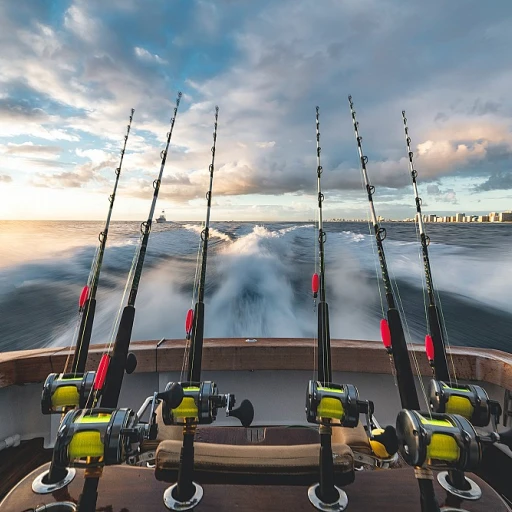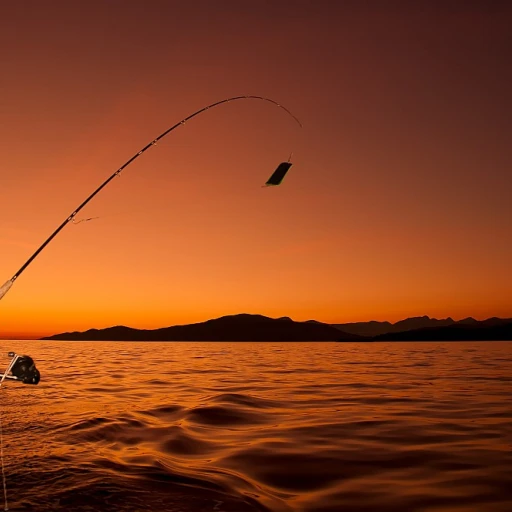
The legendary catch: greg myerson's record striped bass
Greg myerson's monumental achievement
On a fine summer day, August 4, 2011, Greg Myerson made history that would echo through fishing communities across the globe. Fishing in the Long Island Sound, off the coast of Westbrook, Connecticut, Myerson caught what is now the largest striped bass ever recorded.
This colossal catch tipped the scales at an astonishing 81.88 pounds (37.14 kg). It shattered the previous record held by Albert McReynolds, who caught a 78.5-pound striper off Atlantic City, New Jersey, in 1982. Myerson's fish measured an impressive 54 inches in length and 32 inches in girth. His stunning achievement was later certified by the International Game Fish Association (IGFA), adding it to their extensive list of record catches. Details about this achievement can be found in various fishing magazines, including comprehensive articles on other monumental records such as the world record bluefin tuna.
The gear that got him there
Greg's legendary catch wasn't just a stroke of luck. It involved skill, the right equipment, and smart techniques. He used a live eel as bait—a favorite among anglers targeting big striped bass. His tackle setup included an 80-pound braid mainline connected to a 100-pound mono leader, ensuring he had the strength to reel in a fish of such magnitude.
Words from the record-holder
Reflecting on his achievement, Greg Myerson shared, "It’s not just about the gear you use; it’s understanding the behavior of the bass and knowing when and where to catch them." His insightful words have inspired countless anglers to refine their techniques and pursue their own fishing dreams.
Stay tuned as we delve into historical records of striped bass catches, emphasizing other record striper achievements that have captivated the sport fishing community.
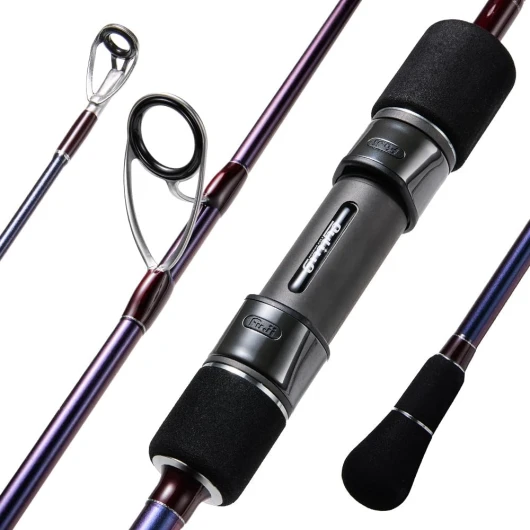
- + Lightweight design for easy handling
- + Durable Toray Carbon Fiber construction
- + Fuji Guides for smooth line passage
- + Compatible with spinning/casting reels
- + Split Rear High EVA Handle for comfort
Historical records of striped bass catches
Historical records of striped bass catches
Striped bass, or Morone saxatilis, have an intriguing history with record catches that have made headlines over the decades. One of the most iconic records is held by Albert McReynolds, who caught a legendary 78.5-pound striped bass in 1982 off the Atlantic City beach in New Jersey. This monumental catch remained the IGFA (International Game Fish Association) all-tackle world record for 29 years until it was surpassed.
Before McReynolds, the title belonged to Charles L. Ferris, with a 73-pound striped bass caught in September 1967 at Montauk, New York. This record highlighted Montauk's reputation as a prime location for striper fishing, influencing countless anglers to flock there in pursuit of the big catch.
The early records laid the groundwork for contemporary anglers like Greg Myerson, who broke McReynolds' long-standing record. Myerson's 81.88-pound striped bass caught in 2011 off the Connecticut shoreline in Long Island Sound set a new gold standard.
Records such as these illustrate not only the impressive size that striped bass can reach but also the dedication and skill of the anglers who chase them. These catches have fostered a legacy in sport fishing and continue to inspire new generations of fishermen seeking the thrill of a record catch.
The role of the IGFA in certifying record catches
Certifying catches: the IGFA's role explained
The International Game Fish Association (IGFA) plays a critical role in the world of fishing records, ensuring that all catches are certified according to a consistent and fair set of rules. Founded in 1939, the IGFA has been the gold standard for record-keeping in sport fishing, maintaining the integrity of such records.
When Greg Myerson landed his record-striped bass, he had to adhere to the IGFA's meticulous process to get this catch recognized. This included ensuring his fishing gear met the IGFA's stringent guidelines, documenting the precise weight and measurements of the fish, and having witnesses present to validate the catch. Myerson's fish was officially weighed at 81.88 pounds, beating the previous record by nearly 3 pounds. Greg Myerson's record was highly scrutinized, with every detail checked to prevent any disputes.
Why the IGFA's guidelines matter
IGFA rules are not just about the fish itself; they encompass the tackle used, the methods of measuring the fish, and even the behavior of the angler. For instance, all fish must be measured in inches, and specific types of tackle, such as a certain class of rod or line, must be used to ensure fairness across all attempts.
This thoroughness ensures that records reflect genuine skill and dedication. Anglers like Greg Myerson take these rules seriously, understanding that such meticulous standards elevate their achievements. Similarly, previous record holders like Albert McReynolds, who held the record for nearly three decades, have all abided by these strict regulations.
Beyond individual catches
The IGFA's role extends beyond just documenting the biggest striped bass ever caught. They also provide a framework that other fishing organizations across the world can emulate. These standards foster a sense of sportsmanship and preserve the heritage of sport fishing.
Moreover, by certifying catches, the IGFA helps highlight conservation needs and efforts. Anglers are informed and encouraged to fish sustainably, contributing to ongoing efforts to protect fish populations. This is vital as it ensures that future generations can enjoy the thrill of catching a record-breaking striper in the waters of Chesapeake Bay, Long Island Sound, or Rhode Island.
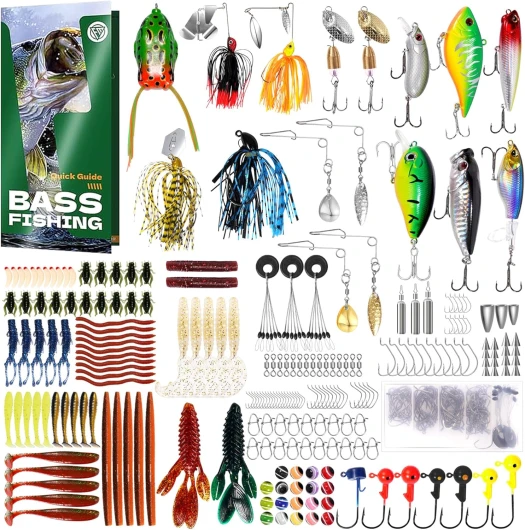
- + Comprehensive 322-piece set
- + Includes various lures: Buzz Bait, Spinner Baits, Jig, Frog
- + Complete tackle box with included tackle
- + Variety of soft baits, hooks, and weights
- + Ideal gift for fishing enthusiasts
Techniques and tackle used for catching big striped bass
Methods and equipment to catch monster stripers
Catching a big striped bass isn't something you can nail without the right techniques, tackle, and a sprinkle of good luck. But worry not, mate – we've got the lowdown from the pros who’ve hauled in the monsters.
Setting the stage
You oughta get your hands on a sturdy rod and reel if you’re aiming to break any records. As much as we love our light tackle, a longer rod around 7.5 to 9 feet offers the leverage against the big boys. Reels in the 4000 to 6000 size range stacked with 30 to 50-pound braided line are your best bet for the striper fight. Not to mention, line strength and abrasion resistance can be game changers when you’re battling a pound striper caught in the rocks.
Bait and lure selection
Stripers aren’t very picky eaters, but live bait stands apart in the hunting ground. Live eels, bunker, shad, and sometimes herring are often the go-to baits. They aren’t just fish food; they’re striper candy!
Greg Myerson, who holds the record for the biggest striped bass ever caught, swears by live eels. Down in his home waters of Connecticut, he'd use eels to lure the big ones. He'd rig his tackle using a three-way swivel to attach his leader line and weigh down the bait – a method known to keep the eel swimming enticingly in strong currents.
Choosing the right tackle
Lure-wise, swimbaits and topwater plugs can produce insane action. The subtle wiggle of swimbaits mimics a struggling fish, making it irresistible to a hunting striper. Popular choices include the Storm WildEye Swim Shad or the classic Daiwa SP Minnow.
Fishing these lures in river estuaries, where baitfish gather, is your best chance at nabbing a monster. In fact, many striped bass caught in the Chesapeake Bay or the Massachusetts coastal rivers were reeling in swimbaits or live shad.
Timing and patience
Now, timing – that’s a whole other piece of the puzzle. Nighttime fishing boasts higher success rates, especially during the new moon or when striped bass are feeding. Greg Myerson’s record fish was caught at night, highlighting just how crucial the timing can be.
The magic usually happens during the fall migration, when striped bass move from their summer habitats in the Long Island Sound to wintering grounds. Anglers in Rhode Island, Montauk, and even the Chesapeake have enjoyed peak fishing times, bringing in record-striper caught specimens frequently during these migratory periods.
Learning from the pros
Lessons from seasoned anglers and case studies offer invaluable insights. Take, for example, Jack from Shoreline Bait Tackle in New Jersey – known for his frequent advice on local striper hotspots. He recommends a mix of patient waiting and active hunting, alternating between drifting with live eels and casting swimbaits along current breaks and structure.
For those looking into the academic side of things, the IGFA provides extensive guidelines and verified records, proving resourceful when aiming to understand the nuances of fishing for these striped giants. From the Chesapeake to the Long Island sound, and even to the shores of Atlantic City, New Jersey – the thrill of catching one could be as close as your local waterway.
Expert insights on striped bass fishing
Fishing tips from industry pros for striped bass
When it comes to landing a trophy-sized striped bass, the experts sure know a thing or two. Learning from seasoned anglers can significantly boost your chances of hooking a record breaker. Notable names such as Greg Myerson and Albert McReynolds have shared their insights over the years to help fellow anglers elevate their game.
Greg Myerson, who holds the International Game Fish Association (IGFA) record for the biggest striped bass ever caught, emphasizes the importance of knowing your equipment and the waters you're fishing in. His legendary catch in August 2011, weighing in at 81.88 pounds, was no mere accident. Myerson used a live eel as bait, a technique he swears by for attracting the biggest striped bass. He also highlights the importance of using strong, reliable tackle. In his case, a 50-pound braided line was a game changer.
Another icon in the fishing community, Albert McReynolds, who held the previous record with a 78.5-pound striped bass caught in 1982, offers some valuable advice, primarily focusing on patience and timing. McReynolds caught his record fish off the New Jersey coast at night, demonstrating that sometimes the biggest catches come under the cover of darkness.
John Skinner, a well-known author and fishing guide, underscores the importance of reading the water and understanding striped bass behavior. According to Skinner, prime times for fishing large striped bass are during the spring and fall runs along the East Coast, particularly in areas like Long Island Sound and the Chesapeake Bay. He recommends scouting locations where baitfish are abundant since large stripers will follow their food source.
A common technique among pros is to use larger baits when targeting trophy-sized fish. Live eels, large bunker, and herring are all popular choices. Dr. Bradley Steven, a fisheries scientist, explains that big stripers are more likely to consume larger prey, making the use of large baits an essential tactic.
Another aspect not to be overlooked is the tackle itself. Many experts advocate for robust, high-quality rods and reels to withstand the fight of a massive striped bass. According to experienced anglers, Penn and Shimano are two brands frequently mentioned for their durability and reliability under pressure.
It's also worth mentioning that knowing local regulations and conservation efforts is crucial. For instance, several states along the Atlantic coast have implemented new size and bag limits in an effort to conserve striped bass populations. Being aware and adhering to these rules not only supports conservation efforts but also ensures you’re fishing legally.
So, if you're on the hunt for that next big striped bass, take a page from these seasoned anglers. Combine the right tackle, baits, and knowledge of striped bass habits with a hefty dose of patience. The next time you head out with your fishing rod, you might just find yourself reeling in a new record.
Popular locations for striped bass fishing
Hotspots for striped bass fishing
The excitement of hooking a big striped bass often lies in knowing where to find them. Certain locations have become legendary among anglers for their high probability of yielding these sizable catches.
Chesapeake Bay
The Chesapeake Bay is a prime location for striped bass fishing. Spanning across Maryland and Virginia, this estuary’s rich ecosystem provides an ideal breeding ground for stripers. It's a favorite spot, especially during the spawning periods, when bass come in droves.
Montauk and Long Island Sound
Along New York’s coastline, Montauk and Long Island Sound are famed for their striper-rich waters. The fall migration sees large numbers of striped bass moving through these areas, making it a hotspot for catching big fish. Anglers have been known to pull in trophy-sized bass from these waters regularly.
San Francisco Bay
Moving to the West Coast, San Francisco Bay in California offers exceptional striped bass fishing, especially in spring and summer. The Bay's unique conditions create a thriving habitat for stripers, attracting anglers from various regions.
Connecticut’s Coastline
The shores of Connecticut, particularly around Westbrook, offer another fertile ground for striped bass. Greg Myerson’s record-breaking striped bass was caught here, setting a precedent for the area’s potential.
Rhode Island
Rhode Island’s coastal waters are also a major draw for striped bass fishing. The region is known for both its quality and quantity, providing anglers with an excellent chance of hooking a sizeable striper.
Atlantic City, New Jersey
New Jersey’s Atlantic City is another marquee location. This spot became famous thanks to Albert McReynolds who once held the record for the biggest striped bass ever caught. His 78-pound striper put this fishing location on the map.
For the avid anglers looking to land their next big one, these locations provide abundant opportunities to encounter the striped bass in their natural habitats. Packed with both history and promising futures, these waters are commemorated in every angler’s journal.
Controversies and challenges in the world of record fishing
Disputes in the record fishing community
Disagreements and debates have always surrounded the biggest striped bass ever caught. One of the most notable and controversial catches was by Albert McReynolds in 1982. McReynolds caught a 78-pound, 8-ounce striped bass off the coast of Atlantic City, New Jersey. This record stood for nearly 30 years and sparked numerous debates among anglers and fishers about the legitimacy and accuracy of weighed catches.The debate over weighing methods
One key point of contention is the method used to weigh the fish. In the past, weighing methods weren't as accurate or consistent as they are today. Many fishers argue that the weight of a striped bass can change significantly due to water retention and other factors like the scale's calibration. When Greg Myerson caught his record-breaking 81-pound, 14-ounce striped bass in 2011 in Westbrook, Connecticut, the International Game Fish Association (IGFA) had to certify the weighing process meticulously to avoid any disputes.Role of the IGFA
The IGFA plays a crucial role in certifying record fish catches. Their stringent certification process involves the accurate measurement and weighing of the fish, photographic evidence, and witness statements. These protocols are designed to ensure that every record is legitimate. However, some anglers still believe that older records should be revisited and potentially re-weighed to ensure fairness.Species identification issues
Another point of debate is the species identification of the records. Some fishers argue that what counts as a striped bass might sometimes be a hybrid of similar species. For example, hybrids between striped bass and white bass (known as 'wipers') have caused confusion in some states. Experts, including biologists from the Department of Natural Resources, suggest that clear, verified identification is essential in maintaining the integrity of record books.Controversies around geographical differences
There are also disagreements regarding whether or not records should account for geographical differences. For example, striped bass in the Atlantic Ocean might have different growth patterns than those in the San Francisco Bay. Chesapeake Bay and Long Island Sound are notable hotspots for catching massive striped bass, but some experts feel regional records should be considered separately to ensure fair competition.The ethical side of record fishing
Ethical questions have also risen, notably regarding the use of live bait such as eels and the potential harm it causes to fish populations. Greg Myerson's record striped bass was caught using a live eel, a common yet sometimes controversial bait choice. The conversation around sustainable and ethical fishing practices continues to evolve, aiming for a balance between sport fishing excitement and conservation.These controversies and challenges highlight the complexities and passionate debates within the record fishing community. They emphasize the need for ongoing dialogue, improved techniques, and clearer regulations to ensure fair and sustainable fishing practices for the future.



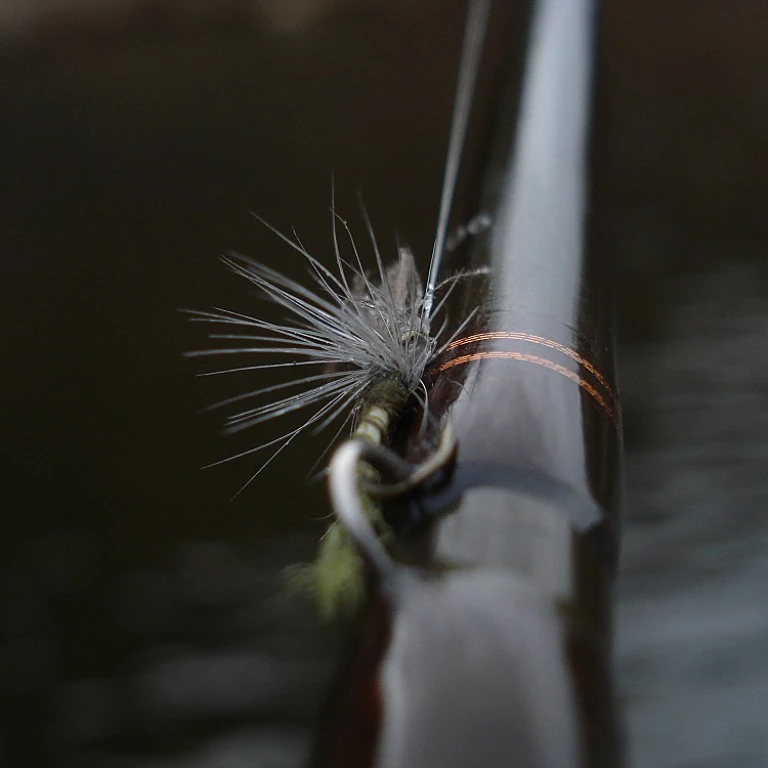


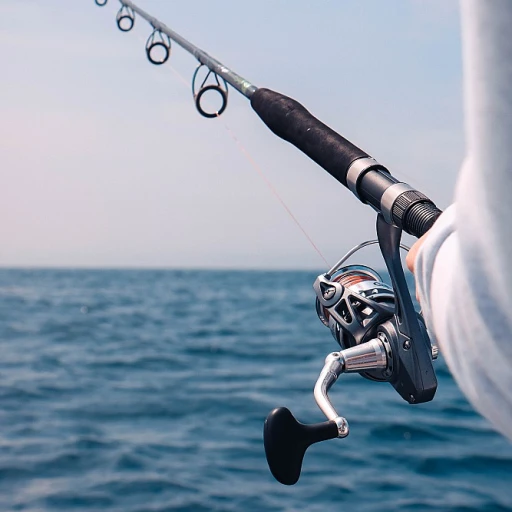
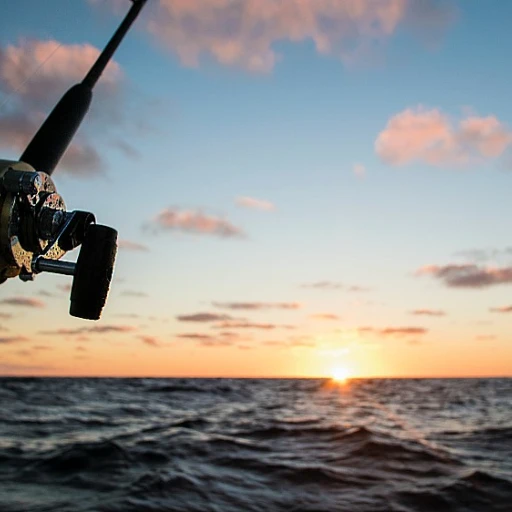

-large-teaser.webp)
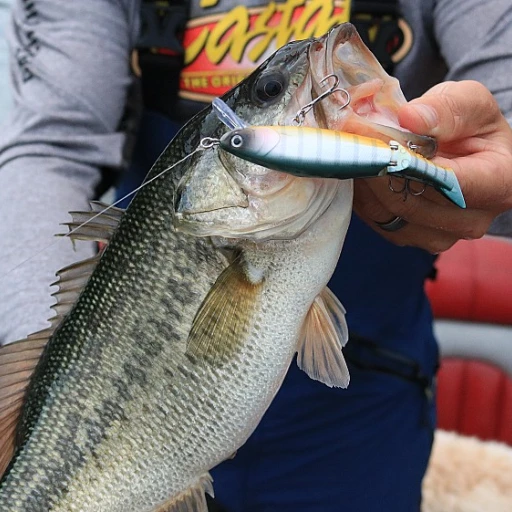
-large-teaser.webp)


